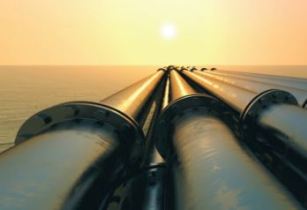lssue 4 of Oil Review Africa has featured Matthew Hawkridge, chief technology officer, Ovarro, who explained how Remote Telemetry Units (RTUs) can be used to optimise the performance and maintenance of oil and gas pipelines
While oil and gas pipelines are essential to the industry, they are not fail-safe. Structural failures including corrosion, cracks and leaks are common issues, which companies must resolve quickly and effectively, in order to minimise downtime and interruptions and increase efficiency.
As well as costly product loss, pipeline leakages can significantly damage wildlife and the natural environment and pose a threat to workers and the population. There is, therefore, a need to constantly monitor the environmental impact of any operations and above all else, ensure the safety of staff and the general public. The most valuable tool in meeting this new range of key performance indicators (KPIs) is information; and the most appropriate device to collect and process this information is the RTUs.
The RTU is a field mount computer. It collects data locally, acts upon it immediately, reports data to the central supervisory control and data acquisition (SCADA) control room and maintains a local historical store as an additional backup.
The RTU ensures that only critical information is passed via the narrow communications links, minimising data throughput but maximising information throughput. Within the downstream sector, refineries operate 24/7, which means firms need RTU systems that are robust, secure, reliable and flexible enough to be able to manage and monitor extensive pipeline networks. RTUs are integrated with sensors across these sites and provide data to the SCADA system.
Read the full article on Oil Review Africa Issue 4






